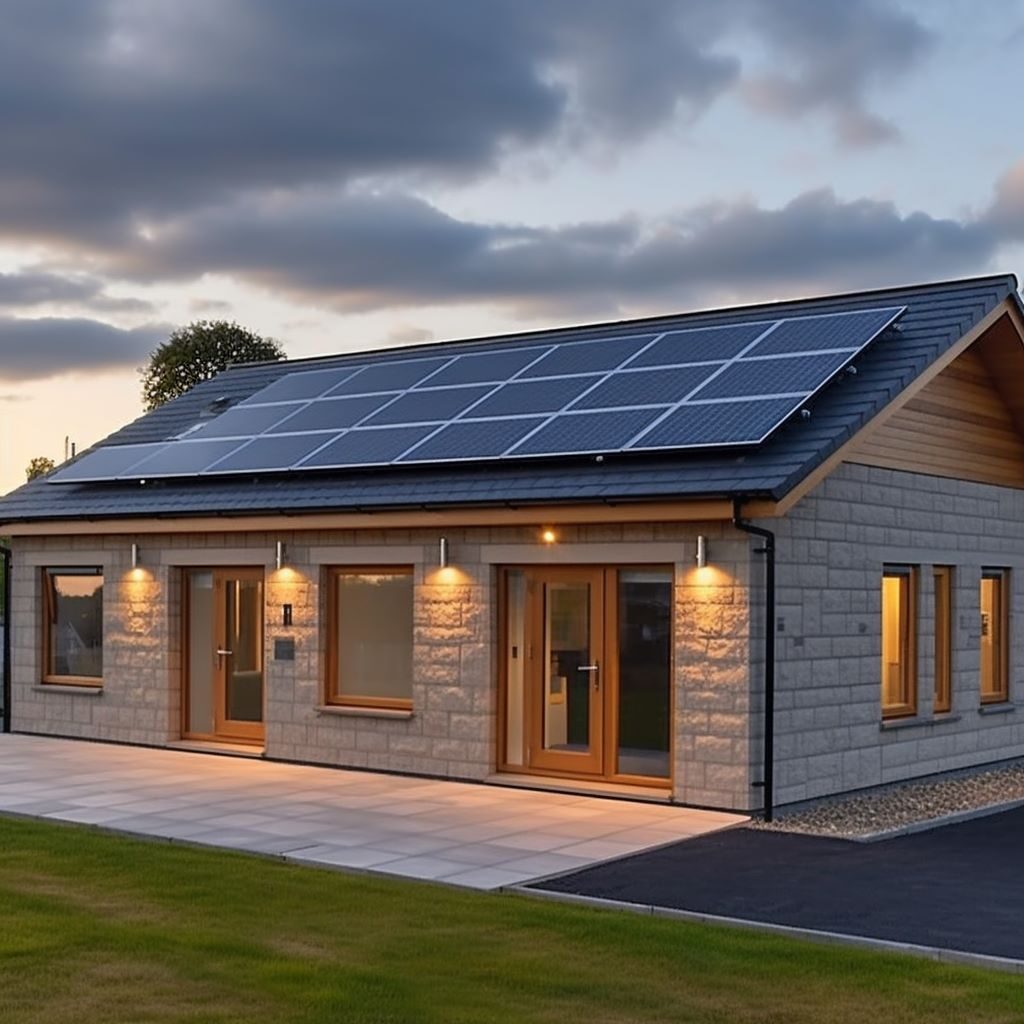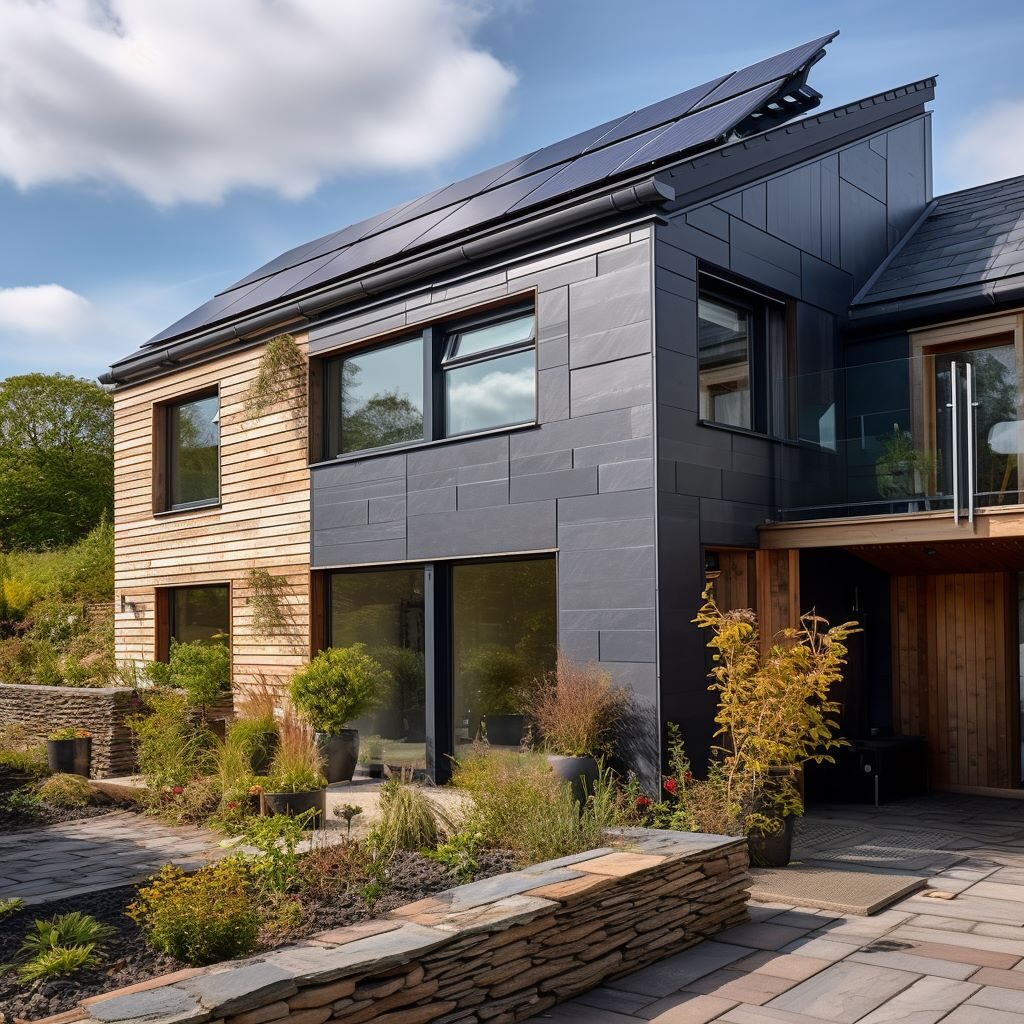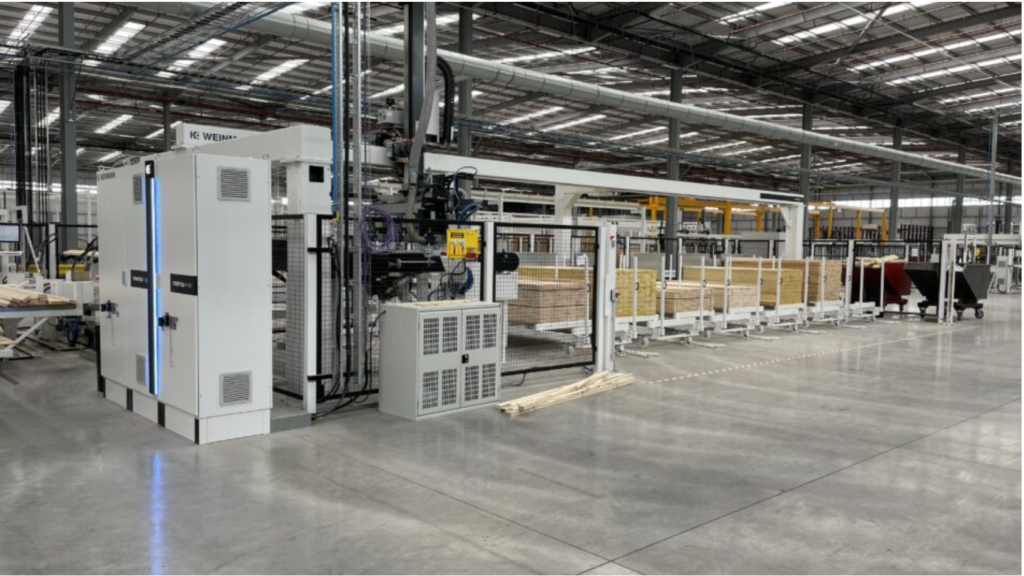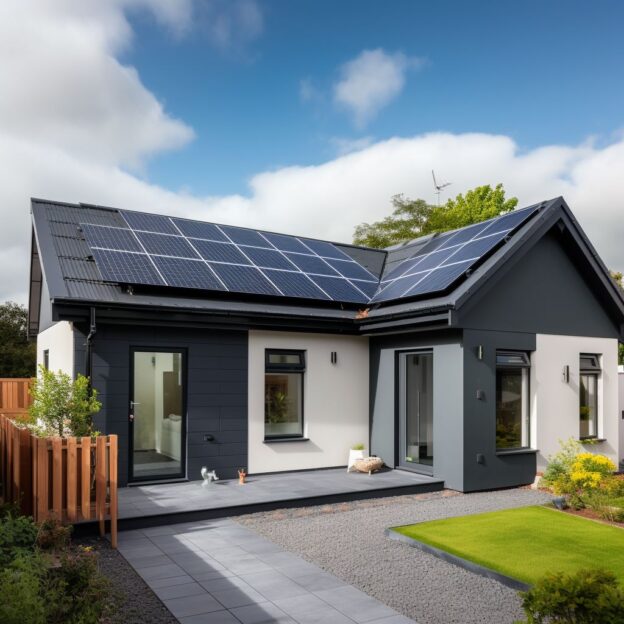Achieving Net Zero Buildings
A Sustainable Revolution
Introduction
Factory Cabins Net Zero Ready!

Welcome to our thorough guide to achieving Net Zero Buildings, where we delve into the ground-breaking notion of producing sustainable structures with a net zero environmental impact. Net Zero Buildings are the epitome of eco-consciousness, striving to minimise carbon emissions and energy use. In this post, we will look at the essential ideas, benefits, and techniques for designing and operating environmentally friendly buildings that outrank traditional counterparts in Google searches.
Understanding Net Zero Structures
What exactly are Net Zero Buildings?
Net Zero Buildings are a game-changing concept in sustainable architecture that entails planning and building structures that produce as much renewable energy as they consume over a particular time period, often a year. By balancing energy use and renewable energy generation, the primary goal is to have a net zero carbon impact.
The Fundamental Ideas
Buildings must optimise energy usage with enhanced insulation, high-performance windows, energy-efficient lighting, and appliances to reach Net Zero status.
Renewable Energy: By incorporating renewable energy sources such as solar panels, wind turbines, and geothermal systems, clean energy can be generated on-site.
Passive design principles, such as correct orientation, natural ventilation, and thermal mass, improve energy efficiency without relying largely on mechanical systems.
The Benefits of Net Zero Buildings
Net Zero Buildings provide numerous benefits not only to the environment but also to building tenants and owners.
Environmental Advantages
Reduced Carbon Emissions: Net Zero Buildings play an important role in addressing climate change by drastically reducing greenhouse gas emissions.
Resource Conservation: The sustainable practises used in Net Zero Buildings help to protect natural resources such as water and fossil fuels.
Biodiversity Protection: Sustainable construction approaches contribute in the preservation of local ecosystems and the protection of biodiversity.

Economic Benefits
Reduced Operating Costs: Net Zero Buildings frequently have lower energy and water consumption, resulting in long-term cost benefits for owners and tenants.
Net Zero Buildings can attract higher property values and rental rates due to their eco-friendly appeal and cost-effectiveness.
Incentives and Tax Breaks: To encourage the building of Net Zero Buildings, several governments and municipalities give incentives and tax breaks.Social and occupational advantages
Improved Indoor Air Quality: Building materials and ventilation systems that are carefully chosen contribute to better indoor air quality, providing healthier living and working conditions.
Net Zero Buildings prioritise occupant comfort by ensuring ideal temperature, lighting, and acoustics.
- Integrated Design Approach to Achieving Net Zero Status
The path to Net Zero begins with an integrated design strategy that involves collaboration between architects, engineers, contractors, and other stakeholders from the beginning of the project. This strategy promotes collaboration and guarantees that sustainability measures are smoothly integrated into the design of the building. - Building Envelope that Saves Energy
The building envelope, which includes the walls, roof, windows, and doors, is critical to energy efficiency. Net Zero Buildings use high-quality insulation, low-emissivity windows, and airtight construction to reduce heat gain and loss, minimising the need for heating and cooling systems. - Use of Renewable Energy
Integrating renewable energy sources is critical for reaching net zero. To generate clean electricity, solar panels and wind turbines can be put on-site. Furthermore, geothermal systems use the earth’s natural heat to offer heating and cooling. - Energy Management and Monitoring
Putting in place energy monitoring systems allows for continuous monitoring of energy consumption and renewable energy generation. Building managers can use this data-driven strategy to detect possible energy inefficiencies and optimise performance.

4, education and training
Building occupants are empowered to actively participate in energy saving and environmental preservation initiatives when they are educated on sustainable practises.
A Diagram of Net Zero Building Components graph of mermaid copy code TD
[Net Zero Structure] — B[Optimized Building Envelope] –> Energy Efficiency
Renewable Energy –> C[Solar Panels and Wind Turbines]
A – Passive Design – Natural Ventilation and Thermal Mass
A — Integrated Design Methodology –> E[Collaboration]
B – Insulation and Windows –-> F [Airtight Construction]
G[On-Site Energy Generation] –> C — Clean Electricity
D — Environmentally Friendly Design –> H[Convenience and Energy Efficiency]
E – Sustainability Metrics – [Building Design for Sustainability]
A — Energy Management –> J[Performance Driven by Data]
Net Zero Buildings are the future of sustainable building, with enormous potential to prevent climate change and promote a more environmentally friendly world. We can create buildings that not only outrank conventional equivalents in search engine results but also contribute to a healthier and more sustainable earth by adopting the ideas of energy efficiency, renewable energy integration, and collaborative design. Accept the Net Zero revolution and join the struggle towards a more sustainable future today.

With all our buildings being manufactured on a full German CNC House line, you can be assured that each and every house is perfect.

Please call for more information on your Net Zero House.
+44 208 133 5164
